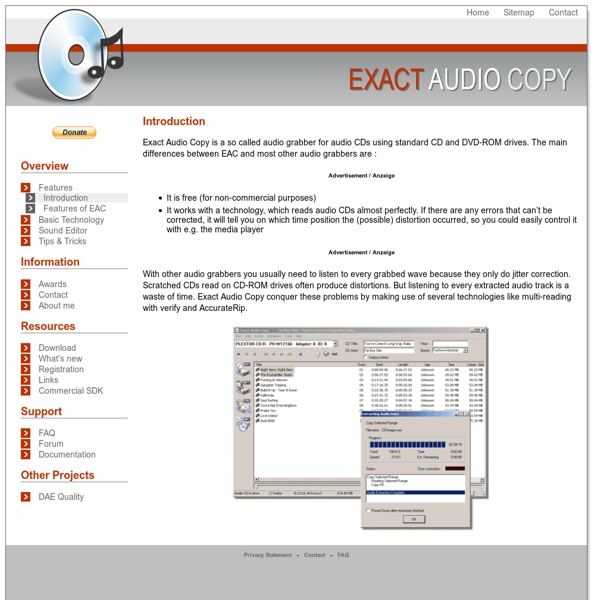Bugdar - Blue Static
The free, fast, and powerful bug tracker just took another large leap in terms of features and speed. Bugdar 1.2 hosts a series of new features, bug fixes, speed enhancements, and minor tinkerings. Enhanced Searching The search feature in Bugdar 1.2 has been greatly enhanced with features such as XML export, saved searches, and mass-updates.
make music together
let's get started making music... 1draw on the grid with your mouse to make a beatshow me2 save your track and share it with friends. show me3 out of ideas? roll the dice and start remixing. show me4 explore the beatlab community show me For more tips, tutorials vidoes, and FAQs, check out our community wiki.
Apple's iPod
speaker cables except for the connection between iPod docks to the amplifier. I tried two cables here, the first Monster's iCable ($29.95 for a 7ft length), and the second the much more expensive Crystal Piccolo iPod cable ($399 a meter). Before jumping into the listening tests, a few things about the iPods themselves.
- Tracking : Resources and Information
Look here for articles on applied recording techniques and mic placement. It all starts here! Acoustic Guitar Tracking the acoustic guitar is a huge subject, because so much contributes to the final sound—player, instrument, room acoustics, mic choice and placement, effects, and more. Here are some timeless articles with solid advice to get you started on developing your own acoustic recording toolbox.
Mother of Tone - Room Acoustics
Every room has a sound. Soundwaves inside a room are reflected, absorbed and dispersed by the rooms boundaries, furniture, as well as people inside. Different rooms sound different. The sound of a given room is determined by its size, geometry and materials being used, respectively their acoustic behaviour.
Free Music Theory Worksheets!
Material on this page is free.NEW! you can now consult an index of terms used in these worksheets.Also explore a page of worksheet extras: Worksheet Answers, Test Templates and Flash Presentations. Here are some testimonials from music teachers about these workbook chapters: I have been using your fantastic music theory sheets and PDF downloads to teach high school piano theory to 28 students per class, all of whom are at different levels of study and accomplishment. Your method is comprehensive and easily accessible to students of all ages. What a great philanthropist and talented musician you are and it is indeed a pleasure to have discovered that I can thank you (in person) on Facebook ...
Make acoustic panels for your recording studio or home theater
Acoustic treatments are often used to help improve the acoustics of a room by taming "flutter echoes," "room modes," and other problems which arise from a room's dimensions and construction. Although a variety of treatments are available for commercial use, they tend to be quite expensive. After some research both online and in print, we came across several sources for DIY acoustic treatments using rigid fiberglass panels and simple frames. These are often referred to as "bass traps," although the ones that we're focusing on have a fairly wide rage of absorption. While commercial versions are available for almost $100, we were able to make these panels for about $24 each.
Stereophile: Apple iPod portable music player
It was John Atkinson, that legendary ornithologist, who first pointed it out: "Have you noticed how frequently you see women using the iPod?" I hadn't. I'd been so darn happy striding about the streets of New York listening to Tom Russell and Carla Bley that I hadn't been paying attention.



